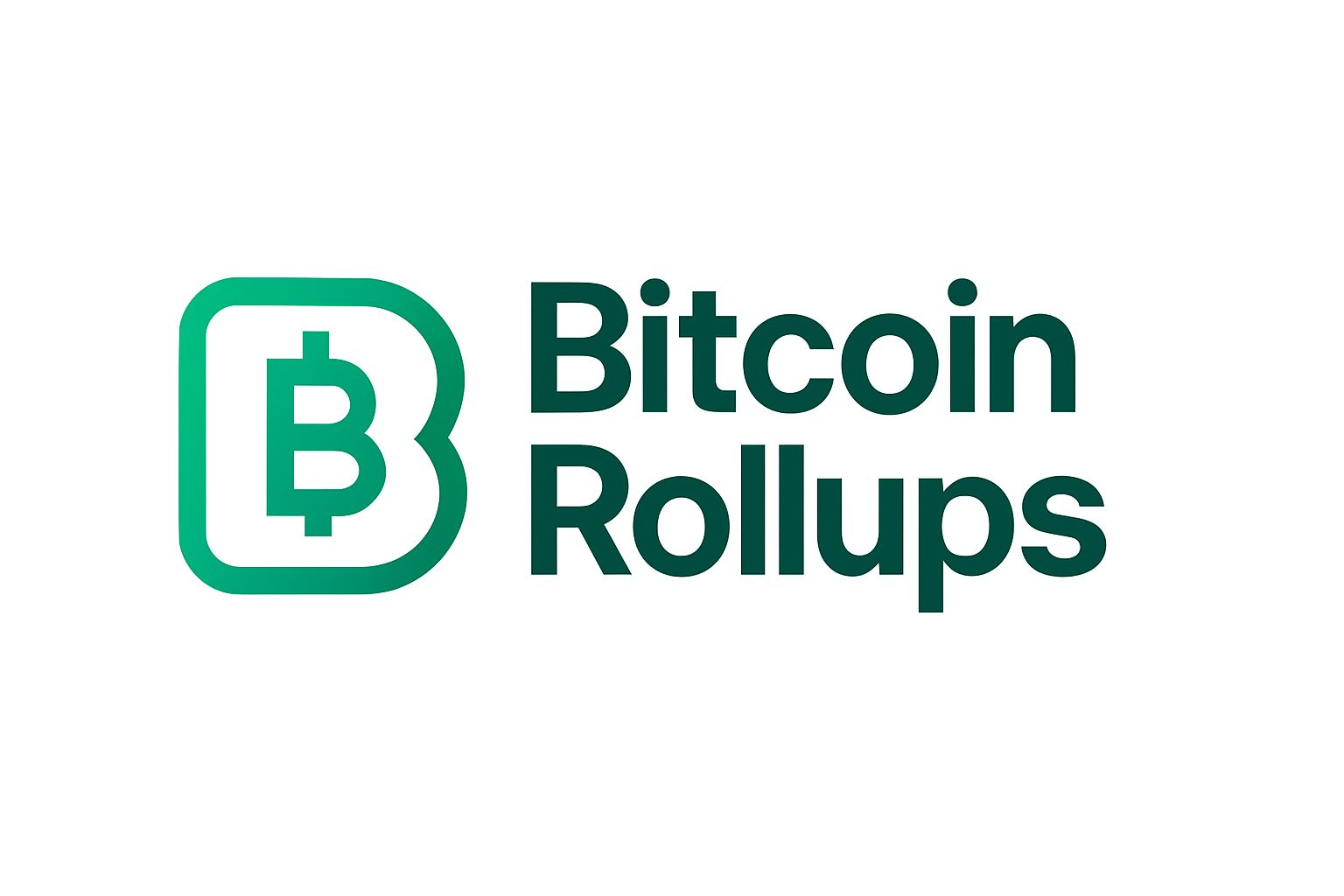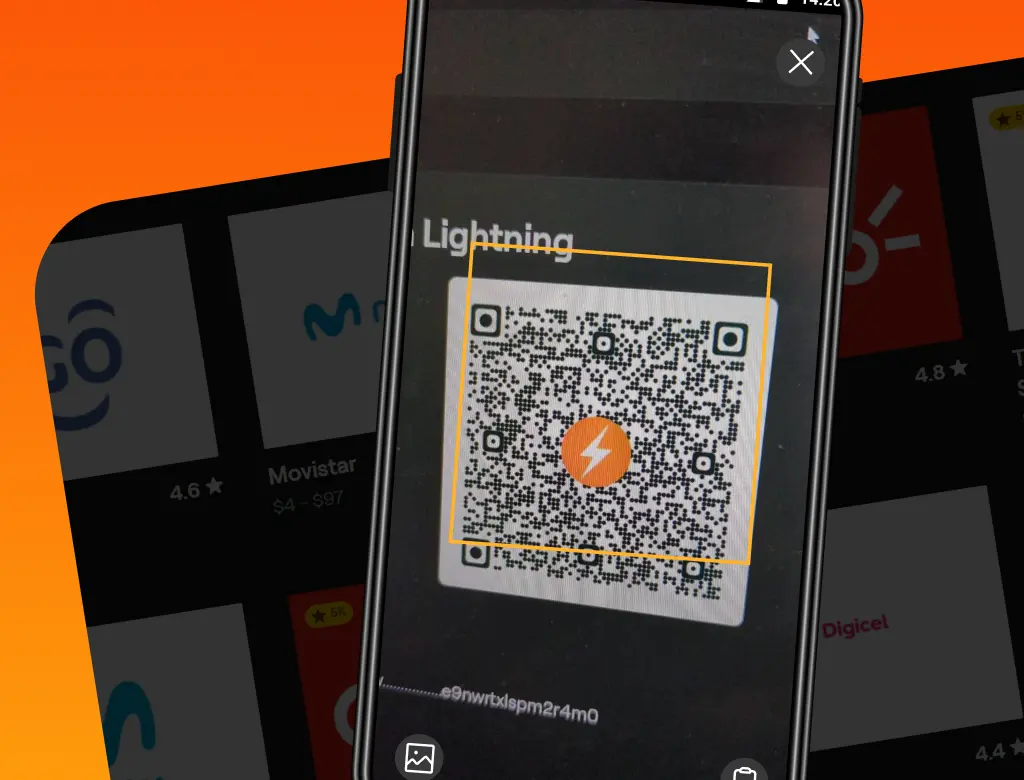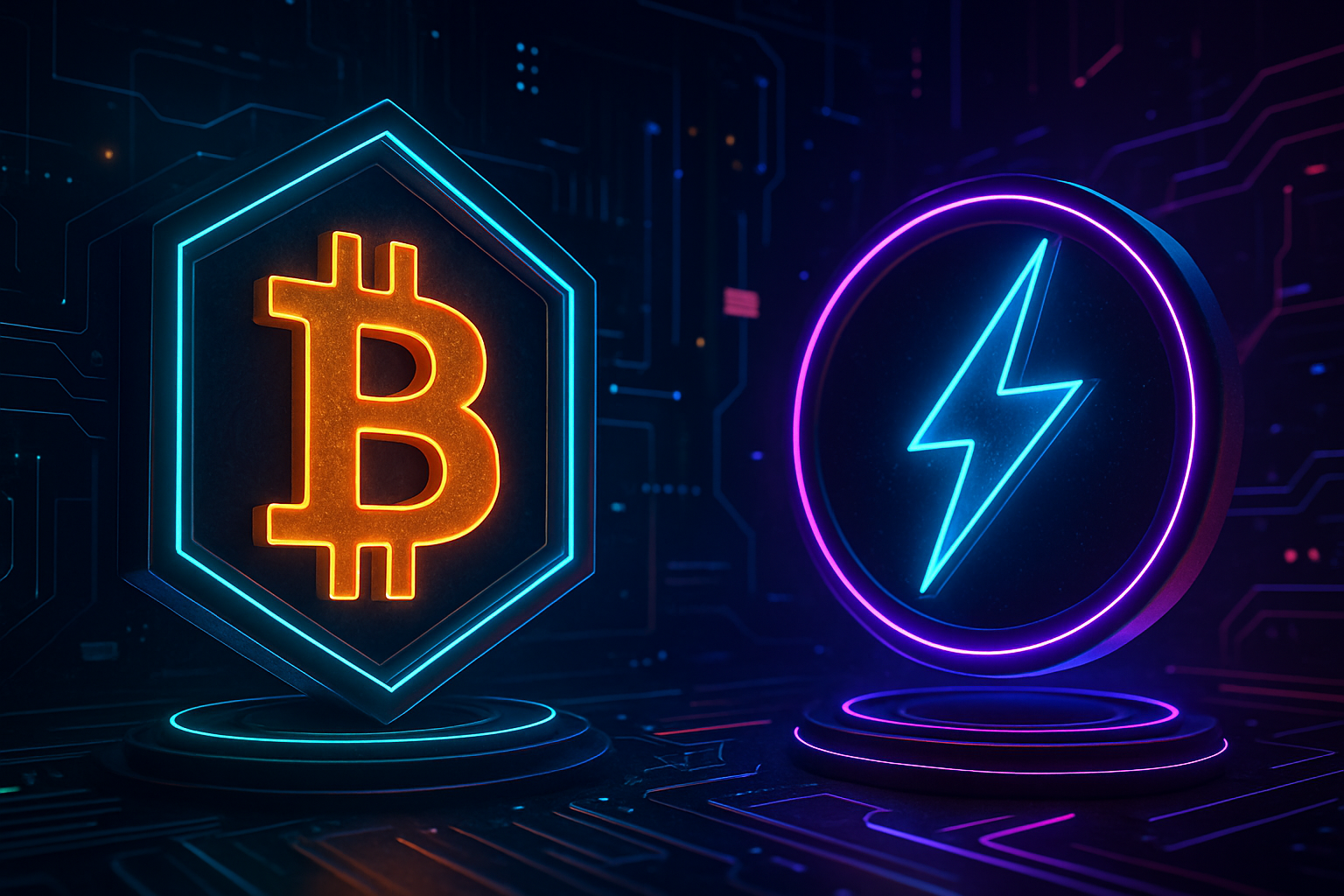
Bitcoin’s relentless march toward mainstream adoption has put its scalability issues front and center. With the price recently holding at $115,484.00, the network’s capacity constraints are more than a theoretical concern, they’re a daily reality for developers, users, and investors alike. As Layer 2 solutions mature, two architectures have emerged as front runners: the Lightning Network and Bitcoin rollups. But how do they actually stack up? Which should you choose for your application or investment thesis?
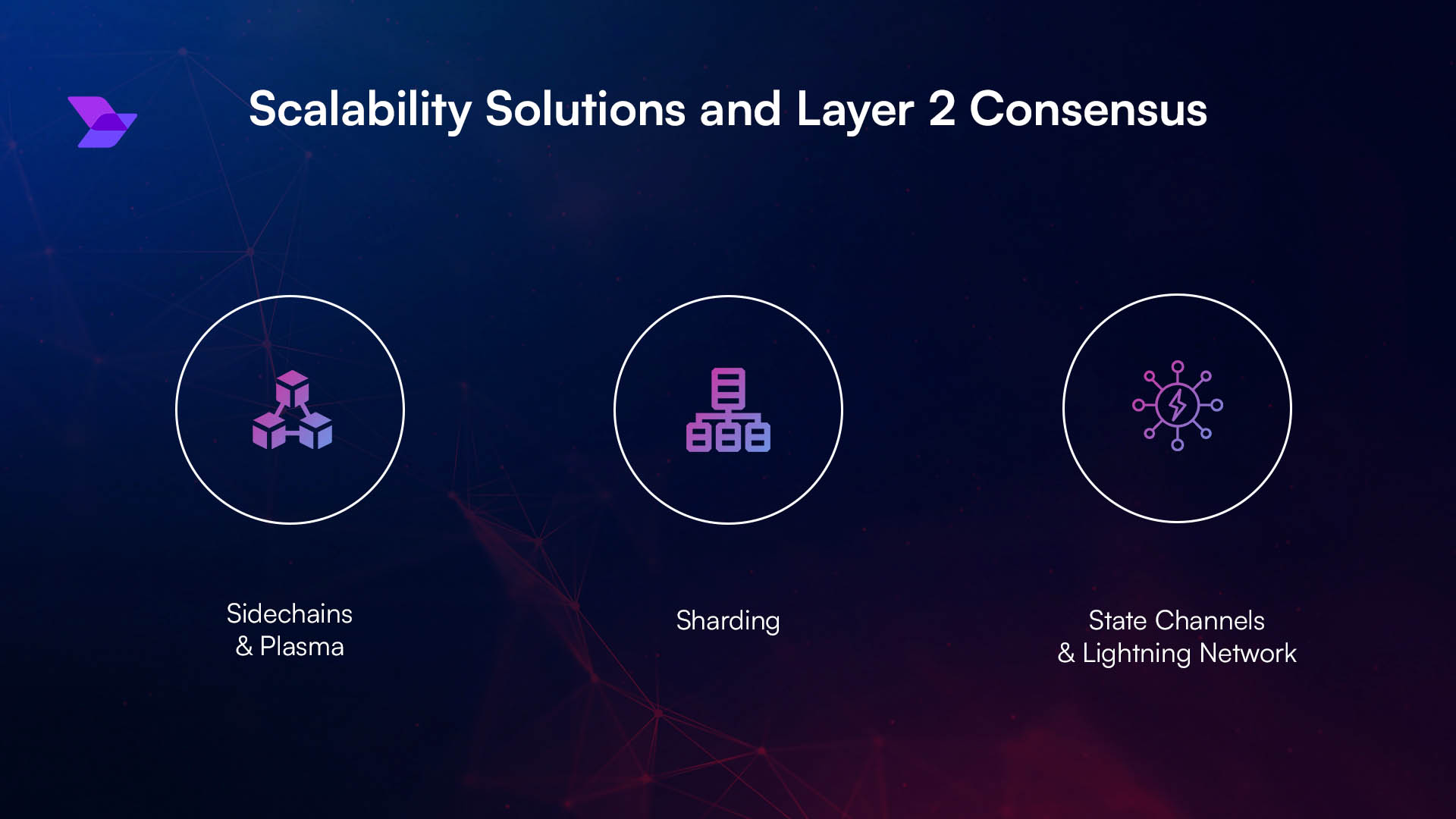
Layer 2: The Battle for Bitcoin’s Future
Let’s start with what unites these technologies: both aim to scale Bitcoin beyond its base layer limitations. However, their approaches are fundamentally different. The Lightning Network is a payment protocol that enables rapid, low-cost transactions via bi-directional channels between users. Rollups, on the other hand, aggregate many transactions into batches that are then settled on-chain, compressing data and reducing congestion.
This distinction is crucial. While Lightning excels at facilitating frequent payments (think microtransactions or point-of-sale), rollups unlock new possibilities for complex smart contracts and decentralized applications (dApps) on Bitcoin, territory previously reserved for Ethereum.
Lightning Network: Speed and Simplicity
The Lightning Network is purpose-built for one thing: making Bitcoin transactions fast and cheap. By moving most activity off-chain through payment channels, it bypasses the block space bottleneck entirely. Only channel openings and closings touch the main blockchain.
- Transaction speed: Near-instantaneous, ideal for retail payments and streaming money use cases.
- Fees: Minimal compared to on-chain transactions; often fractions of a cent.
- Limitations: Channel liquidity can be an issue; routing large sums isn’t always seamless. Not designed for smart contracts or non-payment logic.
The network topology also matters: payments might route through several nodes before reaching their destination, which can introduce complexity if liquidity is unevenly distributed.
Rollups: Expanding Bitcoin’s Use Cases
If your project demands more than simple payments, say, programmable logic or privacy-preserving transactions, rollups may be the answer. These protocols bundle hundreds or thousands of individual operations into a single batch, posting only summary data (and cryptographic proofs) to the main chain.
- Optimistic Rollups: Assume validity by default; disputes trigger full computation to resolve fraud claims.
- ZK-Rollups: Use zero-knowledge proofs to instantly verify transaction correctness without revealing underlying data, a boon for privacy-focused applications.
This design not only slashes transaction costs but also extends Bitcoin’s functionality far beyond its original remit. Smart contracts become feasible without bloating the base chain, a critical advantage as dApps begin to migrate toward or integrate with Bitcoin infrastructure.
The Current Market Context
The ongoing debate over “Bitcoin rollups vs Lightning Network” isn’t just academic, it reflects real trade-offs in speed, complexity, security assumptions, and user experience. With Bitcoin trading at $115,484.00, every satoshi spent on fees matters more than ever before. Both solutions reduce costs but serve different needs; understanding those nuances is key to selecting the right tool for your use case.
For developers and enterprises, the choice between Bitcoin rollups and the Lightning Network is increasingly consequential. As network activity intensifies alongside a price point of $115,484.00, the efficiency of transaction processing directly impacts both user experience and operational cost.
Key Use Cases: Lightning Network vs. Bitcoin Rollups
-
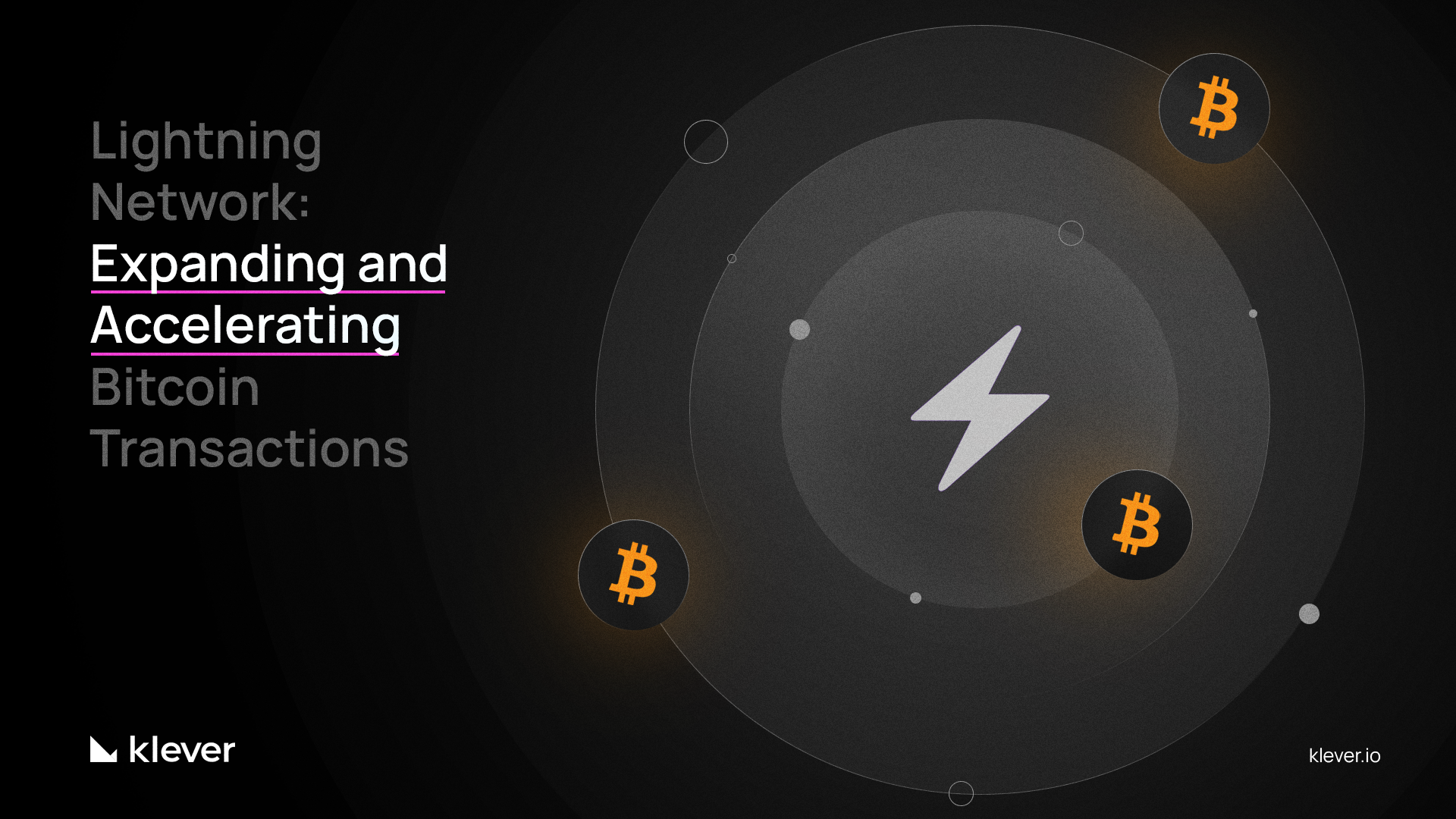
Everyday Microtransactions: The Lightning Network excels at enabling fast, low-cost micropayments—ideal for coffee purchases, streaming payments, or tipping online. Its off-chain payment channels allow for near-instant settlement with minimal fees, making it perfect for high-frequency, small-value transactions.
-
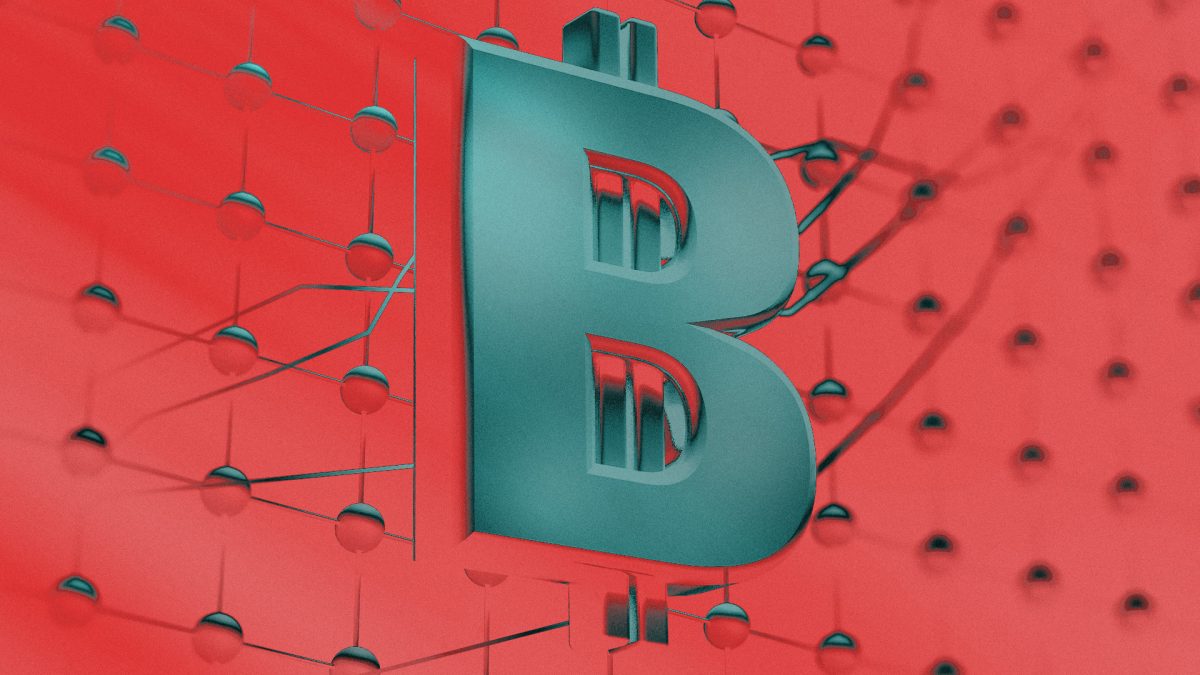
Complex Smart Contracts and dApps: Botanix Labs and Chainway are pioneering Bitcoin rollups that enable advanced smart contracts and decentralized applications (dApps) on Bitcoin—use cases not feasible with Lightning. Rollups batch transactions and support programmability, expanding Bitcoin’s utility.
-
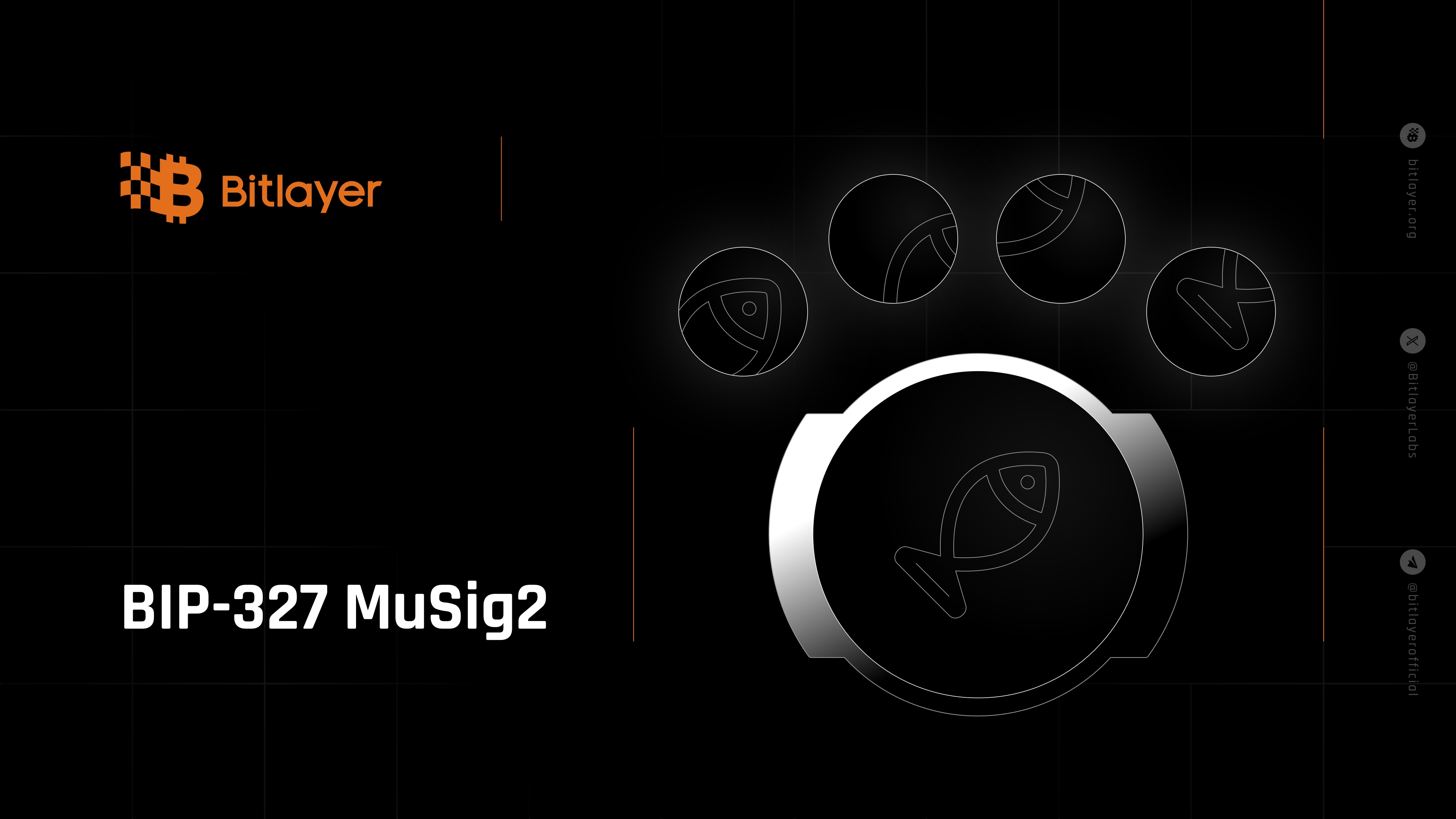
Scalable Token Transfers: Bitcoin rollups, such as BitVM and Botanix Labs, allow for efficient transfer of Bitcoin-based tokens (e.g., BRC-20), supporting high throughput and lower fees for tokenized assets—something the Lightning Network does not natively support.
-

Enhanced Privacy Transactions: Some rollups, like those being developed by Chainway, can offer improved privacy by aggregating and obfuscating transaction data in batches, providing an extra layer of confidentiality beyond what Lightning Network channels can deliver.
Lightning’s sweet spot remains microtransactions and high-frequency payments, especially where instant settlement is non-negotiable. Think of online tipping, retail checkout, or streaming payments – all scenarios where latency must be measured in milliseconds. However, as recent analyses point out, channel liquidity constraints can still limit throughput for large-value transfers or less-connected nodes. This makes Lightning less suitable for applications requiring guaranteed capacity or programmable transaction logic.
Rollups, by contrast, are engineered for scale and flexibility. Their batched settlement model excels when throughput and on-chain data minimization are priorities. More importantly, the advent of zero-knowledge (ZK) proofs is enabling privacy-centric dApps and sophisticated smart contracts to operate on Bitcoin without overburdening the base layer. For projects aiming to bring DeFi primitives or cross-chain interoperability to Bitcoin, rollups represent a leap forward.
As one developer succinctly put it: “Lightning is perfect for what it does, but if you want complex programmability or privacy at scale on Bitcoin, rollups are your friend. “
Security Trade-Offs: What Matters Most?
The heart of this debate often centers on security models. The Lightning Network’s reliance on time-locked contracts and penalty mechanisms means users must remain vigilant – offline nodes risk losing funds if channels are closed maliciously. Rollups introduce their own risks: optimistic rollups depend on honest validators to challenge fraud within a dispute window; ZK-rollups hinge on the correctness of cryptographic proofs.
In both cases, advances in protocol design and monitoring tools are reducing attack surfaces, but no solution is risk-free. The best fit depends on your threat model and operational preferences.
Choosing Your Layer 2: Decision Criteria in 2025
If you’re building or investing in Bitcoin infrastructure today, ask yourself:
- Is speed more critical than programmability? Lightning wins for pure payments; rollups excel in programmable logic.
- Do you require privacy features? ZK-rollups provide meaningful privacy enhancements compared to standard payment channels.
- How important is composability? Rollups enable integration with other protocols and assets – a must for DeFi or multi-chain applications.
- What’s your tolerance for operational complexity? Lightning requires active liquidity management; rollups demand vigilance around operator trust and proof validity.
The market will likely see both solutions coexist and even interoperate as demand grows. Projects like SatsBridge are already exploring how to bridge Lightning channels with rollup-based dApps, aiming to unify user experience across Layer 2s (source). As always in crypto infrastructure, no single tool fits every job – but understanding their strengths lets you choose wisely as adoption accelerates.

